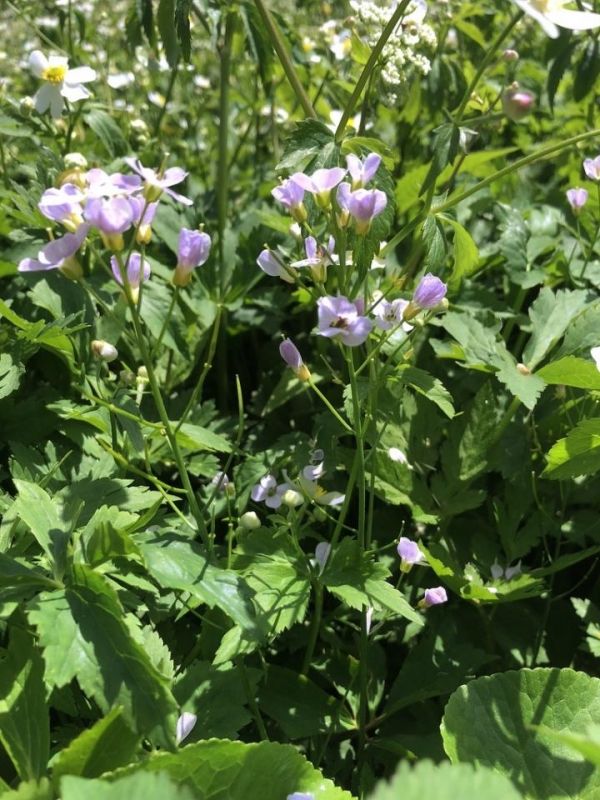A new plant species named "Cardamine insueta" appeared in the region of Urnerboden in the Swiss alps, after the land has changed from forest to grassland over the last 150 years. The inheritance of two key traits from its parent plants enabled the newly emerged species to grow in a distinct environmental niche, as researches from the University of Zurich now show.
The emergence of a new species is generally thought to occur over long periods of time. But – as the example of the plant Cardamine insueta shows – evolution can also happen quite quickly. C. insueta, a new bittercress species first described in 1972, has only recently emerged in Urnerboden, a small alpine village in central Switzerland. It evolved just within the past 150 years due to environmental changes in the surrounding valley: when the local people cleared the forest and turned it into pasture land.
New plant species allows to observe 'evolution in action'
"C. insueta proves to be an exceptional case to directly analyze the genetic traits and environmental responses of a new species. In other words: to observe 'evolution in action', a main topic of the university's corresponding University Research Priority Program," says Rie Shimizu-Inatsugi from the Department of Evolutionary Biology and Environmental Studies at the University of Zurich (UZH). The plant biologists were now able to unravel the genetic mechanisms underlying the plant's evolution.
Read more at: University of Zurich
"Cardamine insueta" has only recently emerged in Urnerboden, a small alpine village in central Switzerland. (Photo Credit: UZH, Rie Shimizu-Inatsugi)


